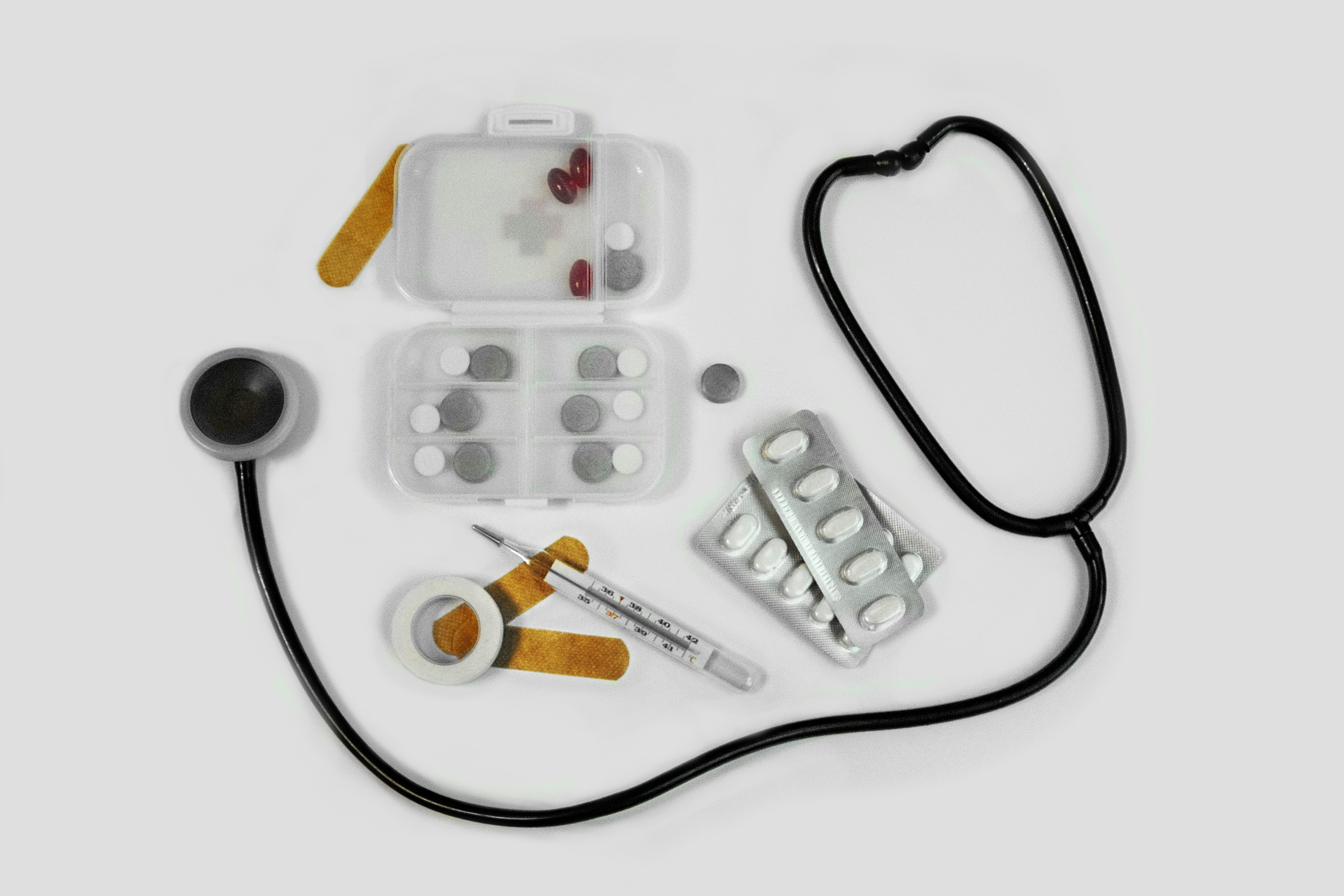A healthcare crisis is plaguing rural areas across several nations, including the USA. 191 rural hospitals have been closed or converted across America since 2005, forcing the residents to travel long distances for various healthcare services.
Rural populations are more vulnerable to chronic illnesses and have to commute longer for medical services compared to their urban counterparts. Besides, recent hospital shutdowns and cuts in funding make it much more crucial to provide equitable healthcare access for rural communities. It can help prevent health complications through early disease detection and prompt treatment, improving their quality of life.
Emerging findings advocate for the transformative potential of telemedicine or telehealth – healthcare services rendered through mobile devices or computers – in narrowing the healthcare divide between urban and rural areas. When harnessed effectively, telemedicine stands as a promising tool capable of surmounting obstacles and enriching the standard and availability of healthcare services for rural residents.
The Rural Healthcare Crisis
Rural communities are more susceptible to chronic diseases, high mortality rates, and low life expectancies. Due to higher poverty, they are also less likely to have health insurance. Additionally, rural areas face several healthcare disparities, such as hospital closures, limited access to medical facilities, language and geographic barriers, and populations with lower socioeconomic status.
Moreover, with only 13.1 physicians and 3 specialists per 10,000 residents, rural areas have a significant shortage compared to 31.2 and 26.3 in urban areas, respectively.
According to the CDC, rural populations are more likely to die early due to the five leading causes of death in America, namely cancer, cardiac diseases, chronic lower respiratory diseases, unintentional injuries, and stroke. Also, limited access to preventative screenings and treatment options often leads to higher rates of diabetes, obesity, and mental health conditions in rural residents.
According to a March of Dimes report, maternal and prenatal care access in US counties dropped 5% between 2020 and 2022, affecting nearly 7 million women and almost 500,000 births.
The disparity in healthcare access between rural and urban areas is a critical public health issue. While the above facts paint a grim picture, out-of-the-box, innovative solutions can help alleviate the situation by overcoming traditional healthcare limitations and developing sustainable systems.
Telemedicine: A Virtual Bridge to Better Care
Healthcare equity can be achieved through several innovative solutions, such as mobile clinics, community health workers, telemedicine, favorable policies, and innovative funding models.
Among these, telemedicine is an excellent tool for meeting the healthcare needs of underserved populations. Surging in popularity during and post-pandemic, it has emerged as a potential solution to bridge the rural-urban healthcare divide.
Telehealth services refer to healthcare delivery using technology, such as audio/video calls, messaging, online platforms, wearables, AI, etc. While telehealth largely uses synchronous virtual patient-clinician visits and connecting patients to specialists via video conferencing, it also includes asynchronous medical care, including RPM (remote patient monitoring), email/SMS messaging, and store-and-forward systems.
For instance, RPM allows doctors to monitor their patient's chronic conditions, improving their quality of life and reducing hospital admissions and premature deaths.
Virtual visits also provide privacy and security to rural populations, especially for stigmatized sexual and mental disorders. Receiving treatment from a healthcare provider outside their community may empower more individuals to seek care without the associated stigma.
Besides, telemedicine has several other benefits. It has revolutionized healthcare delivery by providing primary care, chronic disease management, and medication adherence. It encourages regular checkups for preventive care and efficiently manages ongoing conditions with virtual follow-ups. It also facilitates quick action for urgent care requirements.
Empowering rural patients with direct access to virtual specialty healthcare services from the comfort of their homes eliminates the need for extensive travel and exorbitant expenses associated with specialist consultations for chronic conditions. This innovative approach revolutionizes healthcare delivery, ensuring convenience and cost-effectiveness for individuals residing in remote areas.
Overcoming Barriers to Telemedicine Adoption in Rural Areas
While telemedicine usage has spiked post-pandemic, its widespread adoption in rural areas faces several challenges that must be addressed.
For instance, in urban areas with ubiquitous broadband access (95%), virtual care demand is on the rise while rural areas with limited internet access (60%) exhibit a slow telemedicine adoption. Several health apps and RPM require mobile phones and electronic devices. However, compared to 89% of their urban counterparts, only 80% of rural populations own a smartphone. Moreover, older populations struggle with technological literacy to effectively use telemedicine platforms.
Another challenge rural communities face is the need for standard reimbursement policies. While all 50 US states have adjusted their policies to include Medicaid reimbursement for live video consultations, only 37 states currently reimburse for RPM.
To overcome these barriers, concerted efforts are required on multiple fronts. Strengthening rural broadband infrastructure and exploring alternative methods such as telephone consultations can improve telemedicine usage. Providing community-based technology literacy programs can encourage rural residents to seek virtual care.
Additionally, revising reimbursement policies to cover audio-only visits and RPM can incentivize healthcare providers to offer more telehealth options to rural populations.
Ensuring equitable access to telemedicine for all, regardless of location, requires combined efforts from healthcare providers, policymakers, and tech companies.
Success Stories and the Way Forward
Despite challenges in its implementation, several initiatives have been successfully launched to provide telehealth to rural residents.
As an example, the Alaska Native Tribal Health Consortium's telehealth program uses video conferencing to provide primary care, mental health services, and chronic disease management to remote Alaskan communities. It also connects them with specialists in urban areas, improving quality healthcare access across Alaska.
In another instance, a Virginia’s Tidewater area project uses telemonitoring equipment and coaching to provide remote home monitoring and chronic disease self-management after discharge. The project successfully reduced hospital readmissions and ER visits, with high patient satisfaction.
Several studies have reported high satisfaction in rural residents who use telehealth services. According to a survey, a quarter of rural adults in the US have used virtual care services to manage chronic conditions and receive prescriptions, and 90% of them reported satisfaction.
To build on these successes, sustained research, funding, and stakeholder collaboration are essential. Public-private ventures must be established to develop innovative telehealth models that cater to rural communities’ healthcare needs.
Closing the Gap: Telemedicine's Promise for Rural Residents
Telemedicine offers a promising solution to address the rural healthcare crisis and promote equity. Improving access, quality, and patient outcomes represents a viable way to uplift underserved rural communities.
It is the collective responsibility of the state, healthcare providers, and the public to promote telehealth services for the benefit of society. Telemedicine’s transformative potential can be realized by continued infrastructure funding, regulatory improvements, and patient education to ensure no one is left behind in accessing quality healthcare.
The time to act is now to bridge the rural-urban divide and deliver on the promise of equitable, technology-enabled care.




